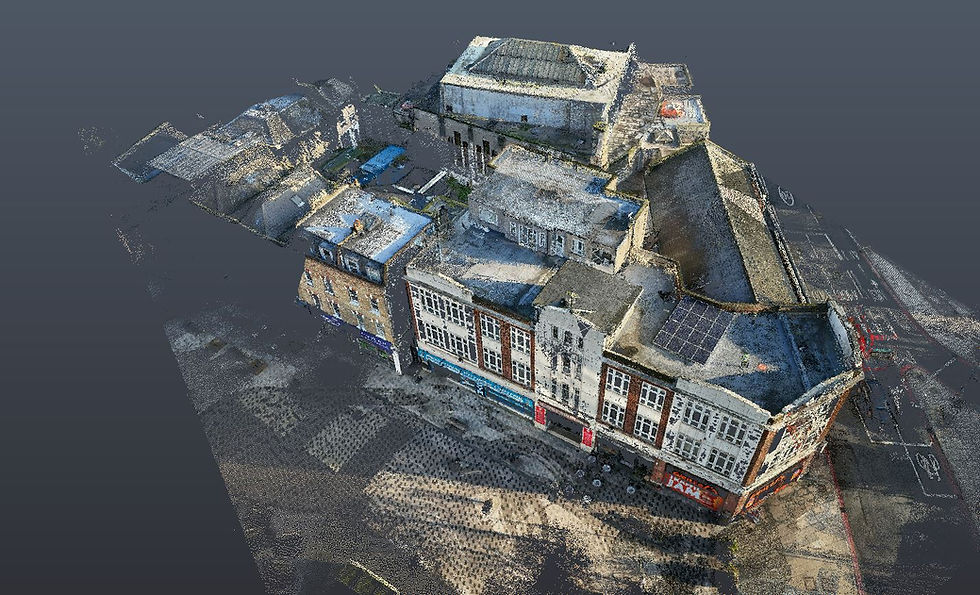The Critical Role of Measured Survey Control and Pertinent Setting Out Methodology in Construction.
- Artur Manzyukov

- Aug 12, 2024
- 2 min read
Updated: Nov 8, 2024
The importance of measured survey control, and correct procedures in setting out and as-built survey methods cannot be overstated. Ensuring consistent measured survey control throughout the lifecycle of a project is crucial for maintaining accuracy and consistency in construction projects.

The Critical Role of Measured Survey Control and Pertinent Setting Out Methodology in Construction
In the realm of construction, precision and accuracy are paramount. Every inch, every angle, and every dimension must be meticulously measured and executed to ensure a successful and structurally sound project. This is where the importance of measured survey control and setting out practice comes into play.
Why Measured Survey Control Matters for Ambit Surveys?
[The Critical Role of Measured Survey Control and Pertinent Setting Out Methodology in Construction]
Measured survey control involves the establishment of survey control reference points and benchmarks throughout a construction site. These control points serve as the foundation for all subsequent survey activities: setting out, as-built surveys, area referencing, etc. By maintaining consistent and accurate survey control, construction professionals ensure that every element of the project aligns with the intended design and specifications.
1. Accuracy and Consistency
One of the key benefits of measured survey control is the guarantee of accuracy and consistency in the construction process. It is of paramount importance to have primary survey control points in the form of survey marks established outside of any construction site. This would have a chance of preventing them from disappearing and a costly reinstatement. Contractors can minimise errors and deviations from the original plans. This not only enhances the overall quality of the project but also reduces the need for costly rework and adjustments.
Accuracy is paramount in surveying engineering setting out procedures. Even the slightest miscalculation or oversight during this phase can have far-reaching consequences, leading to costly mistakes, delays, and potential rework. By adhering to following correct setting out procedures, using existing primary survey control on-site [referencing points], and employing approved and established industry measurement methodologies, surveyors ensure that every aspect of the project geometrically and positionally aligns with the intended design, minimising errors and maximising efficiency.
2. Improved Communication
Effective communication is essential in any construction project. Measured survey control provides a common reference point that all stakeholders can rely on. This ensures that everyone involved in the project, from architects to contractors, is working off the same set of measurements and coordinates. As a result, misunderstandings and misinterpretations are minimized, leading to smoother project progression.
3. Time and Cost Efficiency. Disputes avoidance
Maintaining a measured survey control from the initial stages to the end of a project can result in significant time and cost savings. By avoiding errors and rework, construction teams can streamline their workflows and meet project deadlines more efficiently. Additionally, the reduced likelihood of mistakes means that resources are not wasted and any potential litigations between parties involved in construction are avoided.




